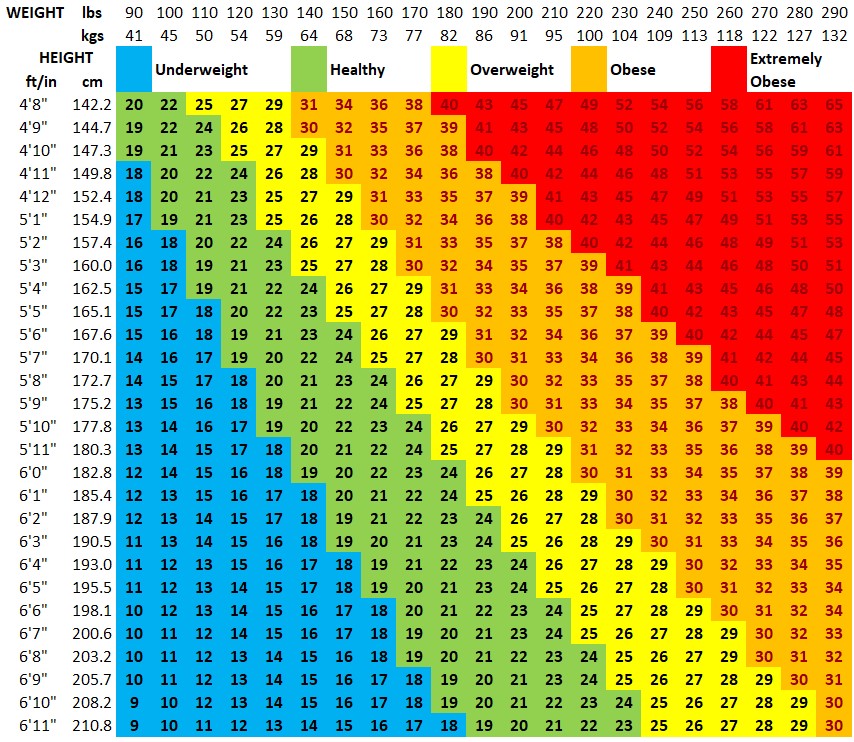Obesity is a prominent problem in America today. America is one of the most unhealthiest countries in the world and the rate of obesity continues to increase massively and is not showing any signs of slowing down. Being obese leads to many other health problems such as heart disease, diabetes, and high blood pressure (Tina 2015). There are many factors that contribute to the epidemic of obesity in America. For example the rise and popularity of fast food. The World Health Organization found that 11% of all food consumed by the average American is fast food (Public Health 2017). Not only are Americans eating junk food at high rates but the overall consumption has increased. The U.S. Department of Agriculture (USDA) reports that the average American ate almost 20% more calories in the year 2000 than they did in 1983, thanks, in part, to a boom in meat consumption. Today, each American puts away an average of 195lbs of meat every year, compared to just 138lbs in the 1950’s. Consumption of added fats also shot up by around two thirds over the same period, and grain consumption rose 45% since 1970 (Public Health 2017). It is important to understand how obesity is measured to comprehend how big of a problem it is. Doctors determine if someone is either underweight, healthy weight, overweight, or obese by calculating their body mass index or BMI. BMI is a measurement of fat based on your height and weight. Studies show that an increase in fast food sales leads to an increase in BMI which directly correlate to obesity (Public Health 2017). Obesity affects everyone the same way. However, some people are more at risk than others for reasons they can not control. 

Besides obesity being an epidemic in itself, an issue within obesity is that lower income families are more at risk of becoming obese. Fast food has been advertised as cheap, delicious and convenient. Low income families are forced to feed their families with fast food because eating healthy has become too expensive. Not only are poor families coerced into an unhealthy lifestyle but fast food restaurants are choosing to capitalize on it. The marketing tactics used by fast food restaurants in lower income communities contribute to high consumption of fast food in low income communities. Fast food restaurants attempt to appeal to kids because it could lead in a boost in sales due to the fact that kids are known to beg their parents for what they want (Yousef 2014). Not only are the advertisements targeting lower income but these companies are purposely placing tons of these restaurants in their communities. This social issue clearly depicts conflict theory. The companies are profiting from these low income families at the expense of their health. These fast food companies have a huge advantage and lower income families are left powerless and have no other option. The problem isn’t simply fixed by replacing every McDonald’s with a Whole Foods. The solution is making a healthy lifestyle more affordable and to encourage healthy eating habits. 

Yousef, Rama. "Fast Food in Low-income Areas Contributes to Obesity." The Daily Cougar.
N.p., 26 Nov. 2014. Web. 18 Apr. 2017
"Why Are Americans Obese?" PublicHealth.org. N.p., 14 Dec. 2016. Web. 18 Apr. 2017.
Tina. "Social Issues in America." Enki-Village. N.p., 12 May 2015. Web. 18 Apr. 2017.
I think it is important to recognize that healthy food is not necessarily expensive. Eating beans and carrots for dinner is an example of an extremely cheap dinner. The issue is that this type of cheap eating is less convenient than fast food, and for many people less appealing.
ReplyDeleteThis is really fascinating. I think it can also be seen as another for of socioeconomic stratification, in the fact that "health food" is really only available for those with the means to afford it. It separates classes even more, restricting the life opportunity of health in a sense to those in the upper realms of the class structure. I think that obesity almost makes class more apparent, in that when you were examining that lower class families are typically the audience that these slogans for fast food advertising are targeted at. It emphasis the cheap and affordable aspect but that truly just singles out individuals who don't have the means to shop or eat at other places. Its also interesting that you compare this to conflict theory. I definitely see that but I wonder who they are keeping in power with this and where this power lies? Possible with big corporations in terms of McDonalds and other fast food chains. Overall this was very interesting!
ReplyDeleteWhat's good Zeke? I know this was brought up in class, but along with counting calories I believe we need to take a closer look at the amount of sugar in our food and beverage products. If I am not mistaken, our daily recommended allowance for sugar is approximately thirty grams, depending on the size of the person, level of activity, etc. However, products like Coca-Cola contain up to forty to fifty grams of sugar in a single drink. The reason why consuming excess amounts of sugar is not healthy for the human body is because the sugar that is not metabolized, is then turned into fat for energy use later on. If we continue to consume more than what is recommended, then we will continue to see obesity levels rise.
ReplyDelete